
Tips to Protect Your Eyes If You Work in an Office
Protecting your eyes in the office is one of the most important things you can do. You may think you’re safe because you’re not working in a factory or warehouse where danger is apparent. But, working in an office presents its own set of challenges. Sure, you might not be in immediate physical harm, but you are susceptible to vision impairments due to your work environment.
What many people are unaware of is that working in an office can harm your eyes. Some people may laugh at this being a serious problem, but it is. Impaired vision at work can cause you to be less productive. Plus, it will start to affect your everyday life.
Protecting Your Eyes from Digital Eye Strain in the Office
A common vision condition that affects many office workers is digital eye strain. Similar to computer vision syndrome (CVS), digital eye strain is caused by too much screen time. When your eyes are exposed to the blue light of the screen and small fonts, they become over-focused and overworked.
Digital eye strain can have several symptoms. This includes:
 Itchy eyes
Itchy eyes- Dry eyes
- Eye pain
- Blurred vision
- Headaches
- Neck pain
- Upper back pain
Digital eye strain may also affect your sleep. Studies have shown that excessive exposure to blue light can affect your sleep cycle. The blue light messes with your biological clock. This fools your brain into thinking that it’s daytime when it is actually nighttime. This confusion will lead to an interrupted and uncomfortable night’s sleep.
But, before you quit your office job for something a little less stressful on the eyes, consider this: digital eye strain is 100 percent preventable and treatable. Even better news: you won’t have to spend a dime to do it!
Adjust Your Computer’s Position
The number one culprit when it comes to vision problems in office workers is your computer. Computers are essential in office work. You can spend half a day just responding to emails! Imagine what that will do to your eyes! So how can you make sure you’re protecting your eyes in the office when you use your computer for all of your tasks?
Computers are not evil. They just weren’t designed to be stared at for hours on end. There’s an easy fix to counter the effects of your computer.
First, adjust your computer monitor’s position. For a more comfortable workday in front of your computer, place it at arm’s length away. Then make sure that your direct eye line falls somewhere two to three inches below the top of the monitor. You can do this by either adjusting the actual monitor or your chair.
You will also want to tilt your screen slightly upward to eliminate any glare. Glare is not only irritating, but it also interferes with what’s on the screen. It can also strain your eyes as they have to force themselves to focus on the contents on the screen and ignore the glare.
Adjust Its Brightness
Next, you need to adjust the brightness on your computer. If you have it at 100 percent brightness, you need to lower it immediately. Bright lights emitting from your screens will only cause your eyes to fatigue. In the long run, this will make you less productive.
Lower it to about 75 percent if you work in a brightly lit office. If you’re working in an office with more natural light or natural lighting, you may be able to get away with a brightness of 45 percent. Play around and find which brightness level is most comfortable for your eyes.
If you want to go the extra mile, you could always try blue light glasses or install a blue light filter on your computer. There are plenty of free filters available online. What these filters do is filter the blue light and give the light on your screen a more natural hue. Many filters even change hues throughout the day to match the natural progression of daylight.
Open the Blinds
Speaking of natural light, if you have the option to open the blinds to your office windows and turn off those horrid fluorescent lights. This is obviously not a viable option for people who don’t have their own corner office with lots of natural light.
But if you work in a cubicle or an office with no windows, buying a small lamp that emits a light closer in tone to natural lighting can make all the difference. Natural light isn’t harsh on the eyes. It will also eliminate the glare on your computer screen.
If you’re feeling bold you may even let it slip to the office administrator that people would be more productive if they replaced the fluorescent lights with a duller light. It’s a bit of a stretch but you never know! Modern offices aren’t what they used to be. Casual is the new formal.
Natural lighting will also make you less likely to feel sleepy throughout the day. I’m sure we’ve all felt that midday lull at some point in our lives. Although many factors can cause this lull (lack of sleep, poor diet, etc.), it can also be caused by digital eye strain.
Take a Break
Your eyes are in desperate need of a break! Give it to them! If you want to give your eyes an effective break, use the 10-10-10 rule.
Every 10 minutes, look at something 10 feet away for 10 seconds. Give them a break right now. Go on, we’ll wait.
Done? Ok, great! How do your eyes feel? Did you notice how they had a chance to relax and defocus? That’s what the 10-10-10 rule is all about.
Extended periods of extreme focus can cause your eyes to fatigue and may cause blurred vision. You may even experience temporary nearsightedness. When you do too much “close work” (work that is close to the eye), your eyes become trained in seeing well up close but begin to lose their distance vision.
Protecting Your Eyes in the Office: Talk to Your Doctor
Digital eye strain is nothing to worry about. It is easily treatable naturally and without any sort of prescription. A combination of these tips and eating a healthy diet or taking an eye-healthy supplement can make a huge difference in improved vision.
However, sometimes digital eye strain can be mistaken for an undiagnosed refractive error. If you use our tips and still find that you are experiencing digital eye strain symptoms after two weeks, schedule a routine eye exam with your doctor.
Our Rebuild Your Vision Ocu-Plus Formula Contains All 17 Vitamins, Minerals, and Herbal Supplements to Improve Your Eye Health!





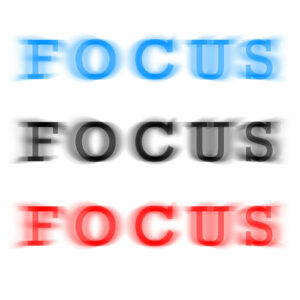

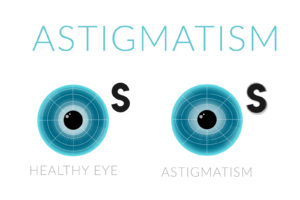

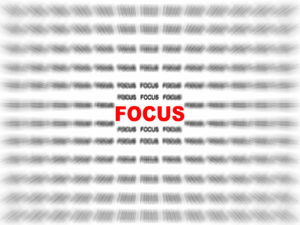
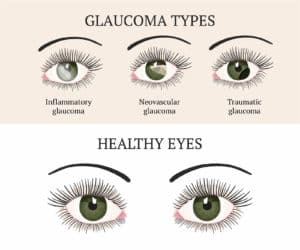
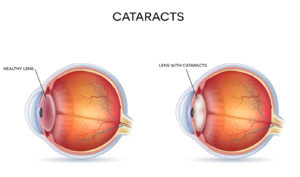
Ever since I got prescription glasses for astigmatism my eyesight has gotten worse.
Very frustrating
Padam Shree award winner Dr s Natrajan from Mumbai diagnosed uvetis in my eyes .
I have been advised to take steroids of sixty mg for one week then reducing by ten mg in every next week
Along with Homide three times a day
And eye drop pred forte for six times per day for first week then reducing by one time in every next week .
What is your guidance ,? Sir
Thanks for update knowledge
If you can supply. Vegetarian ocu plus then manage to do for my better vision
Wow. I already take 400mg selenium, alpha-lipoic acid 600mg, NAC one a day and E. So I would not be able to take your supplements. They sure are good though. Wish I could take them.
I have the beginning of Macular Degeneration
The dry one.
Natl. Eye Inst. Says take ARED.